Q&A with iWalk Cornwall
On the right track with iWalk Cornwall: Ramblers with ‘app’titude
From its tranquil backwaters and sparkling bays to its rugged and magnificent coastal sweeps, nowhere captures the outdoor spirit more than the ancient county of Cornwall.
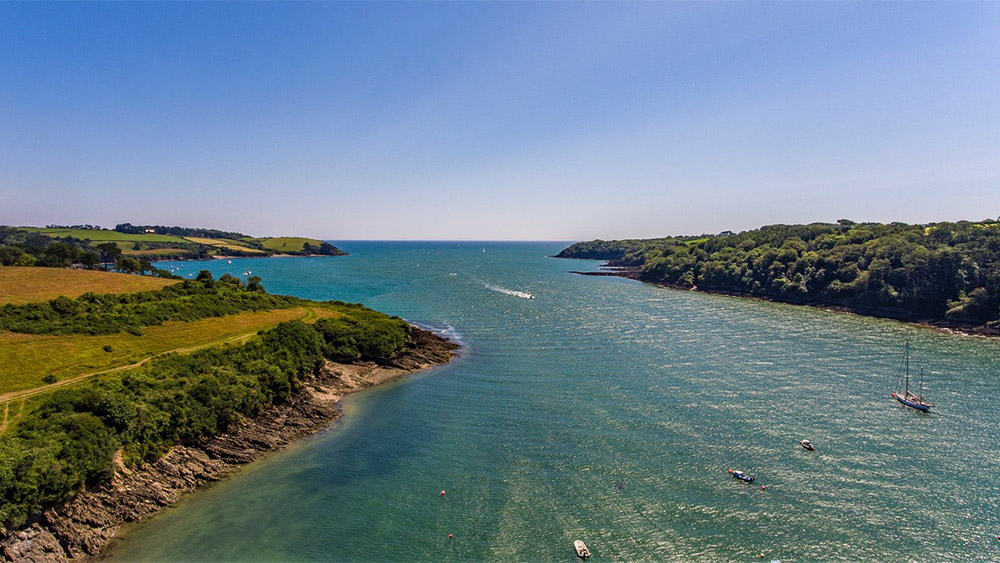
Charting the region’s many tracks and trails is a highly innovative tech start-up known as iWalk Cornwall; a pioneering smartphone app that’s been guiding the way for walkers and shining a light on some of the county’s most beautiful locations.
Developed and launched by brothers John and Dave Alden – a pair of Cornish natives with a shared passion for both Mother Nature and motherboards – the walking community has been going wild about the ‘Sat Nav for rovers’ with glowing reviews from even the most seasoned of ramblers.
Mr Toad was lucky enough to catch up with this pair of perennial pathfinders to find out more about their ingenious downloads…
Q&A with iWalk Cornwall
Mr Toad: I’m tickled green to meet you both. Can we start by introducing iWalk Cornwall to our readers?
John: Great to meet you, Mr Toad. Simply put, iWalk Cornwall is a collection of over two hundred and fifty circular walks in Cornwall available through an app for Apple or Android (just search the App Store or Google Play for “iWalk Cornwall”). A walk is purchased for £1.99, via the app, and then you get ongoing free updates for all the walks that you own.
Mr Toad: In a nutshell, how does it work?
Dave: In a nutshell: during your walk, the app tracks your location using GPS and uses that to remind you when it’s time to follow the next direction or warn you if you’ve gone the wrong way.
There’s a screen with a list of numbered directions, similar to a walking guidebook, except that it updates itself as you go and provides a map showing where you are and which way you are facing. There’s also a summary screen telling you how far you have left to go which counts down the distance to your next change of direction, and this all happens as you walk.
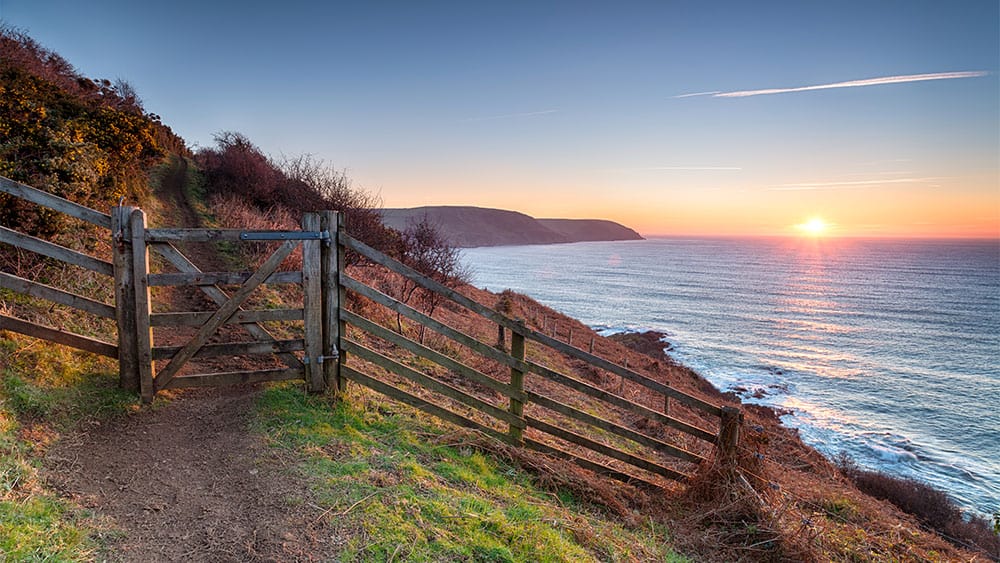
Mr Toad: How did the idea for a walking app come about?
John: Initially, the app started as a bit of a programming experiment using a route around an old slate quarry in Trebarwith Valley. It evolved to become the tool we used ourselves when writing about our walks, and I’ve since used it to clock up thousands of Cornish miles, enough to have reached the North Pole!
Dave: It has been designed, from the start, to cope with the geography of Cornwall, so it doesn’t need a phone signal during a walk, and walk downloads are small enough to work over slow internet connections (i.e. stood in the middle of a field). It has constantly evolved over the last eight years and is now, unusually for an app, actually older than some of its users.
Mr Toad: Can you help explain the perennial appeal of the Great British walking holiday?
Dave: You don’t need to be an athlete, a map reading expert, or buy expensive gear to get out and discover things that most people (even many locals) never knew existed. The number of places to explore in the UK is vast, each of them transforming with the seasons. It’s also a really good way to spend quality time with friends and family while sharing some memorable outdoor experiences.
Mr Toad: What makes Cornwall such an exciting destination for walkers?
John: Cornwall’s peninsula geography creates lots of micro-habitats that makes for extremely varied scenery, even over relatively short two to three-hour routes. You can be on moorland one moment, in a valley carpeted with bluebells the next, and then strolling along a secret smuggler’s cove. Cornwall also has a unique Celtic heritage captured in beautifully carved relics from the mediaeval period and ancient stone menhirs one thousand years older than the Egyptian pyramids, not to mention the rich, industrial history that helped spark the Industrial Revolution. New things are being discovered all of the time: a storm might bring ashore “pieces of eight” silver coins from one of the treasure ships that ran aground full of cargo, or like us, you might find a Bronze Age axe head in the back garden.
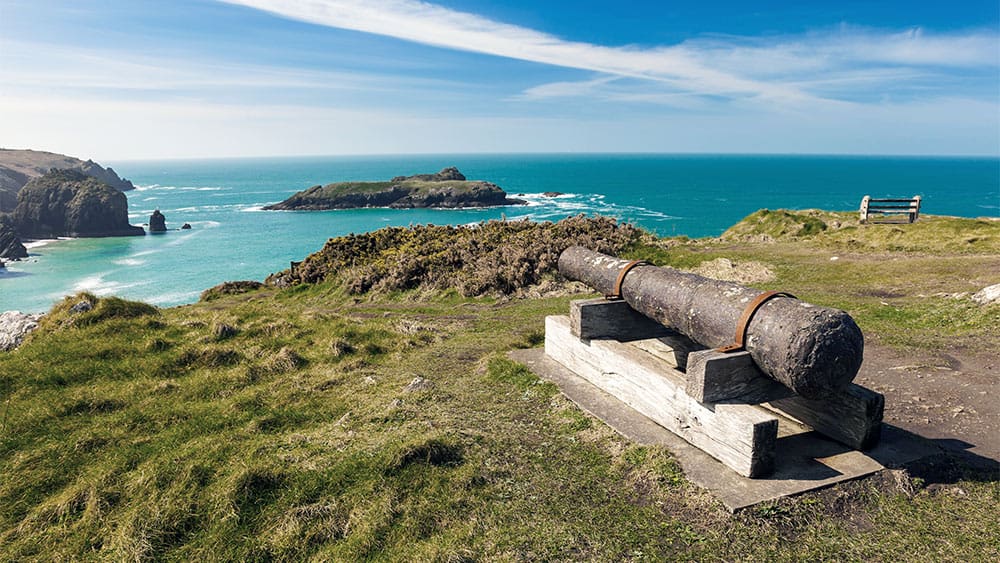
Mr Toad: Cornwall is riddled by myths, legends and legacy. What role does this rich, cultural narrative play in your walking guides?
John: Cornwall’s tourism industry was thriving during the Victorian era and many legends such as the giant’s stepping-stones known as the Bedruthan Steps can be traced back to this period in history, quickly ‘cooked-up’ to impress perambulating ladies with parasols. However, historical facts underlie many of the myths, for example; real smuggling tunnels do lead beneath some buildings despite there being many “reputed” ones where no evidence has been found. The walks include more than three thousand facts about Cornish heritage and nature, and that is being added to all the time. For more in-depth info on some of the topics introduced in our walks, the app also links up with a real gem about Cornish heritage – the Cornish Bird blog.
Mr Toad: Popular television series such as ITV’s Doc Martin and BBC’s Poldark have shone a primetime spotlight on various parts of Cornwall. Do your guides embrace many of these now iconic filming locations?
Dave: The walks cover more than one thousand and two hundred miles of Cornish footpaths, so consequently we have routes that visit pretty much every filming location imaginable. For example, on one of our Port Isaac walks takes in the spot where a dog rolled in sheep poo and Martin Clunes, to everyone’s amusement, helped to give her a wash during a break from filming.
John: For Poldark, the filming locations are quite scattered around Cornwall, so we’ve included a list of the walks visiting those locations in the app. Whilst testing one of the routes at Penberth Cove on a cold and drizzly winter’s day, we encountered the Poldark cast and crew filming a scene with Drake, Morwenna and the dastardly Reverend Osborne Whitworth.
Mr Toad: ‘Sheep creeps’ and ‘curzy way walling’, the colloquialisms of Cornwall are indeed an endearing thing. When writing your walking descriptions, do you feel duty-bound to help keep this lost language alive?
John: These are the things we grew up with so we are proud to be able to share them and thrilled that other people can have some fun discovering them. Our customers enjoy some Cornish lingo in our technical assistance email trails which often end in “Proper job!” or “bleddy ‘ansome!”.
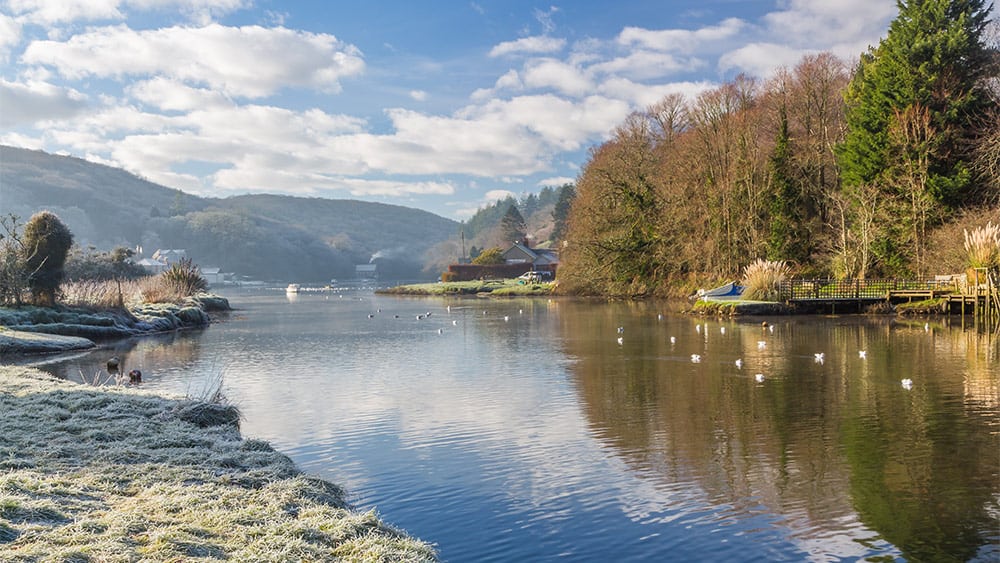
Mr Toad: Have you had many close and creaturely encounters whilst out and about on your rambles?
John: We’ve been lucky enough to see humpback whales and dolphins, come face-to-face with deer, foxes, badgers and stoats on the footpaths, and encountered all kinds of weird and wonderful marine life. By-the-wind sailors are one of my favourite encounters, which spend one generation as tiny jellyfish-like creatures and the next as citizens of a floating metropolis travelling the oceans.
Dave: The facts in the walks include our own wildlife encounters while out and about testing the routes. If you are reading about, say, wild garlic, the chances are we not only picked some during the walk, but were also eating something made from it while writing the description. The walks literally follow in our footsteps and we continually update them as we periodically re-check each route.
Mr Toad: Where, would you say, is Cornwall’s wildest coastal ramble?
John: The length of Cornwall’s north coast is exposed to Atlantic storms and the western end, from Land’s End to Lizard Point, also gets the Atlantic waves as they surge into the Channel. These are the places to see dramatic seas where consequently many ships were wrecked. At Booby’s Bay beside Trevose Head, not far from Padstow, most summer visitors remain unaware that the single metal post sticking up from the sand is actually attached to a shipwreck dating back to the first World War that’s sometimes revealed during winter storms.
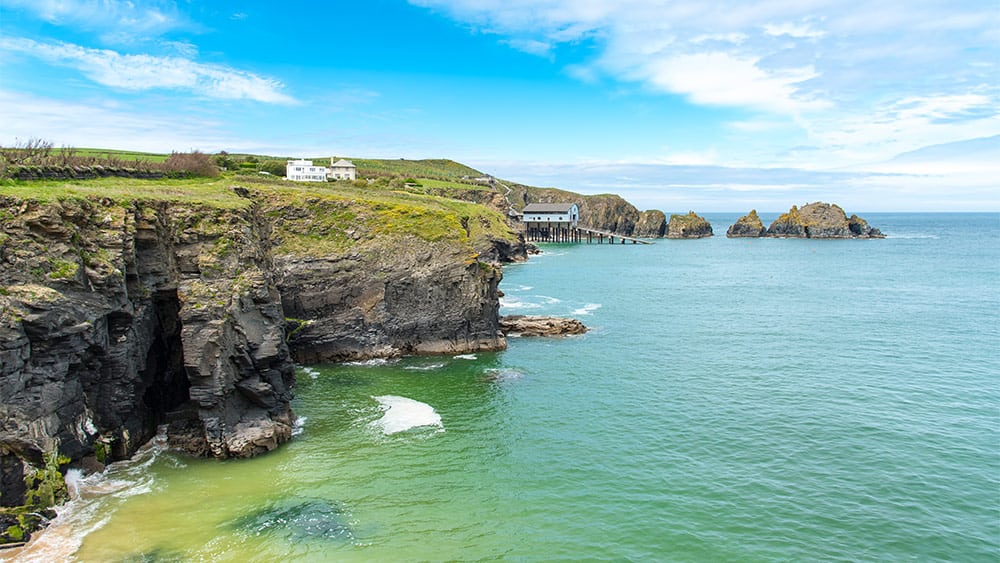
Mr Toad: I’m new to walking but I’m keen to set forth along a Cornish coastal trail. What essential gear do I need?
John: The most vital thing is a comfortable and waterproof pair of walking boots. It’s a good idea to wear thin layers that can be taken off and carried easily when you get warm walking uphill or when the sun comes out, and then slipped back on should you encounter some blustering wind. If the weather isn’t pretty-much guaranteed to be full sun, then take a light waterproof. Some people find a walking pole is useful for balance, but (to mix my metaphors) they are a bit like marmite – not everyone’s cup of tea. If you find you are struggling with steep or slippery paths, then it’s worth trying one.
Dave: For walking with the app, a USB “power bank” is highly recommended – for about £20 you can get one with several times the capacity of your phone’s battery so you can literally walk all day long without worrying about running out of juice… I keep mine in my camera bag, so it’s always with me.
Mr Toad: I’m a total technophobe who can just about navigate the on/off button of my smartphone… is iWalk Cornwall an app for me?
John: The words “luddite” and “technophobe” do actually feature in the app store reviews during comments from people who have downloaded it, and that includes a positive review from an eighty-six-year-old rambler. Our philosophy is to make the technology as unintrusive as we can, the walk is the most important bit.
Mr Toad: What has been your biggest hurdle so far?
Dave: People finding out about us. We’re very much reliant on word-of-mouth and word is gradually spreading amongst locals (or as us Cornish like to call it: “the pasty network”). Some of our regulars (which includes several people “upcountry” who visit Cornwall for their holidays) have formed a community to share tips with each other and also provide us with useful feedback about any changes affecting the walks; things like stiles being replaced by gates and seal and chough sightings to help with scientific research and conservation.
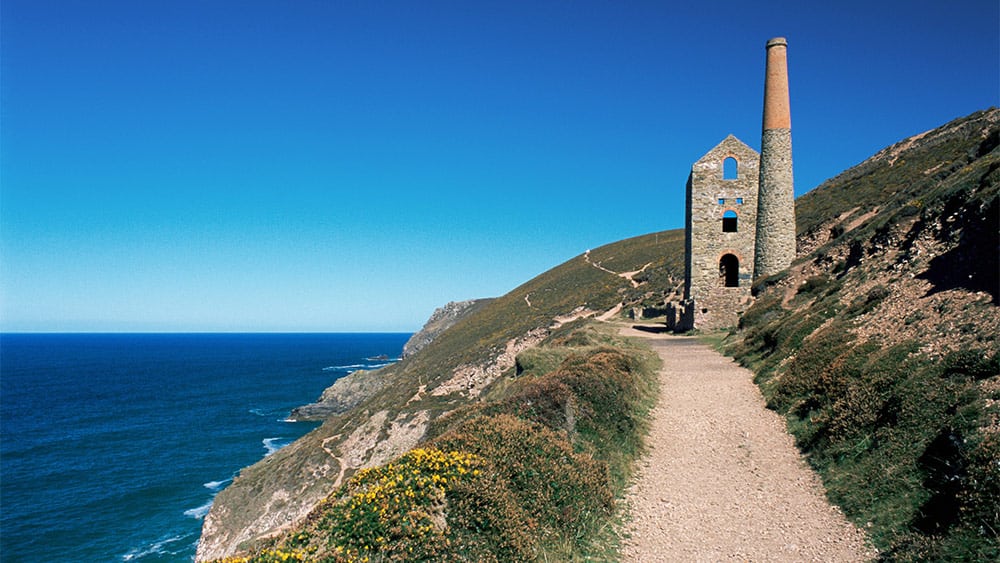
Mr Toad: And what, so far, has been your proudest achievement?
John: One day, when I was checking one of the routes, a gentleman recognised my iWalk Cornwall hat and stopped me for a chat. He told me that his wife is from New Zealand and it was their dream to retire there but his BMI was such that he thought he would never be able to pass the medical. To remedy his predicament, he’d begun doing some of our walks, as well as making improvements to his diet. The next time I saw him, he’d lost eight stone and informed me that he now felt fitter than he did twenty years ago! Since we launched the app, the combined distance of all the walks downloaded equals two return trips to the moon, and the number of calories burned is equivalent, in body fat, to the weight of thirteen cars!
Mr Toad: What does the future hold for iWalk Cornwall?
John: We are often asked: “When are you going to do iWalk Devon, Dorset, or Wales?” I hope after reading this blog that your readers will understand why we won’t be doing that: we’ve forged a real-world relationship with the Cornish landscape, and when a problem is reported, I sometimes need to physically get in the car, and drive, then walk to the site, to check it out.
Even after ten years of writing walks in Cornwall, there are still a great many more routes we’re hoping to add in areas we’ve yet to explore. Each new walk has to fulfil an eighty-point checklist and requires three route tests before it can receive the ‘green light’; a complicated process than can take months to complete. By the time you read this, one or two more walks are likely to be ready for download via the app. I often remind myself about a conversation I once had with a work colleague in London who proudly boasted to me that she’d done everything there was to do in Cornwall, in just four days! Well, quite a lot has happened since, and I can now suggest at least another two hundred and fifty things that could keep her occupied.
A big thank you to John and Dave of iWalk Cornwall whose natty app is proving an extremely handy devise for walkers exploring the tracks and trails of our westernmost county. If you’d like to know more, check out their website.
Toad Hall Cottages’ impressive list of Cornish holiday properties makes us a popular choice for all those planning walking holidays in this ancient and beguiling county. Take your pick from hundreds of handsome homesteads and exercise your right to roam!
